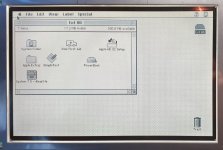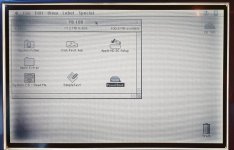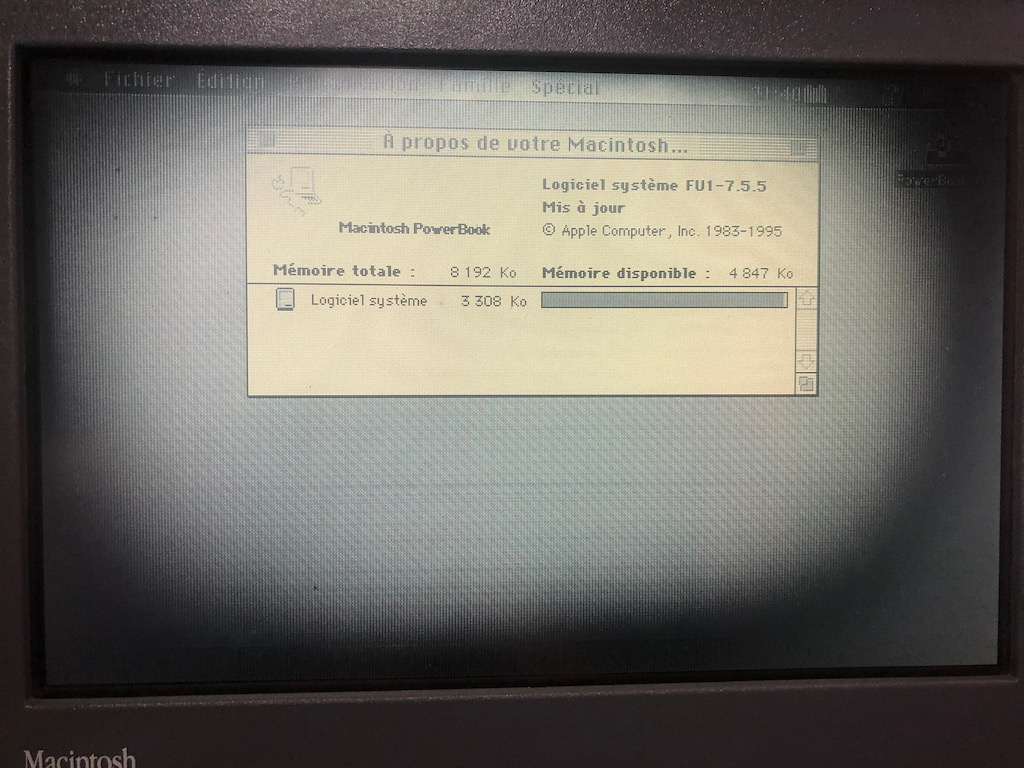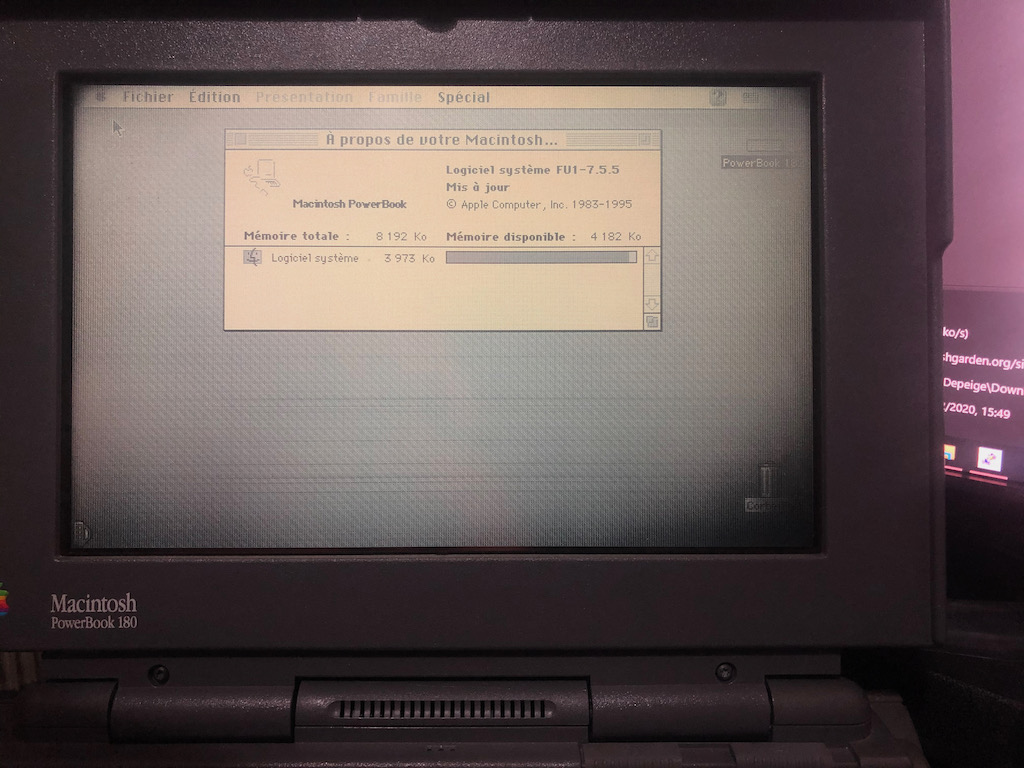mg.man
Well-known member
Just chiming in... Glad I found this thread!... I recently purchased a faulty (screen issues) PB180, figuring it probably needed a re-cap (which I've done on my PB100 with success... Oh no... it had a serious case of tunnelling... Just like @GregorHouse mentioned originally "Corners begin to dark after a few seconds and in a two minutes nearly all of the screen is dark." I was about to go on the hunt for a new display... when I found this thread and realised I was not alone. So... I stripped the display, pulled the panel and baked it yesterday for ~4 hours @ 90C (I'm in the UK)... The results were encouraging... but the tunnelling started to re-appear after about 10 - 15 minutes. Nowhere near as bad as before... but still there. I'm currently in the middle of my 2nd 'bake'... and will report back when it's done, cooled and re-instated... Thanks to all for the contributions to this thread!...





